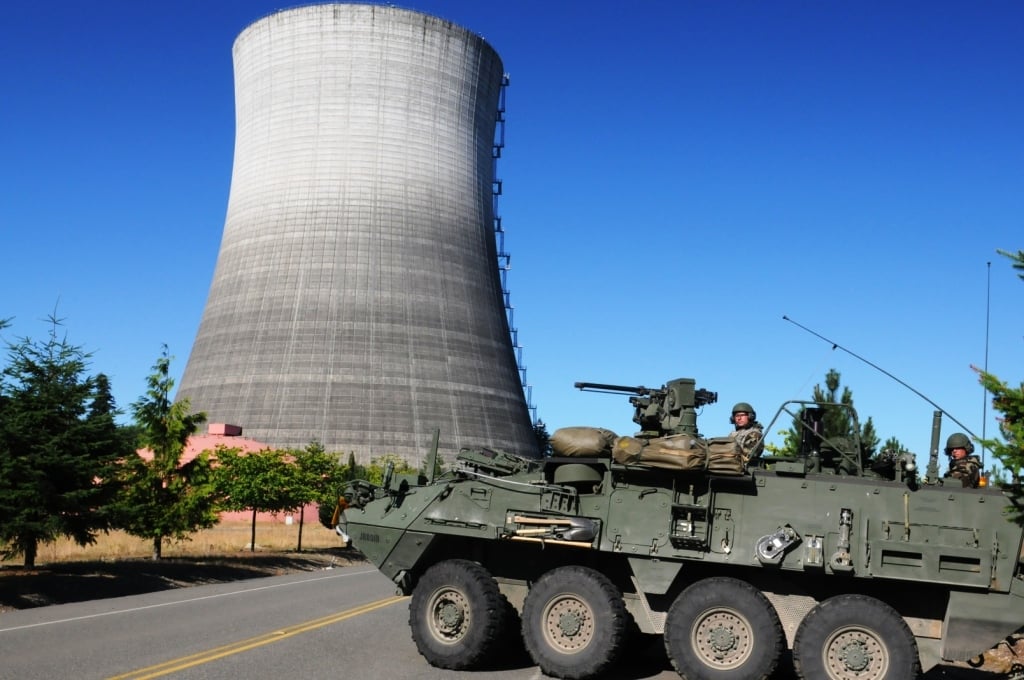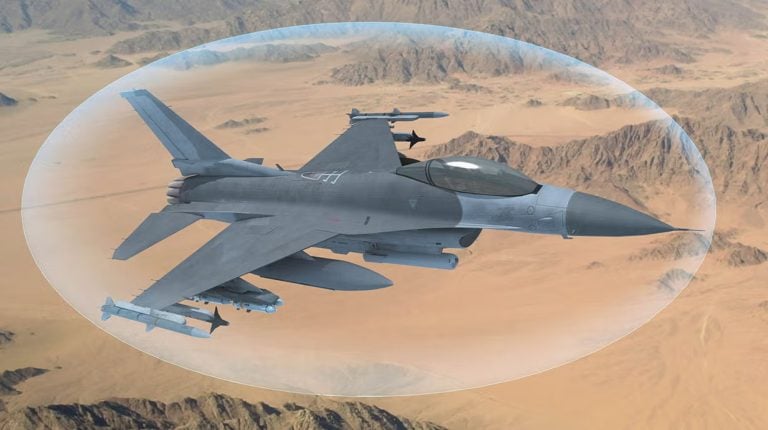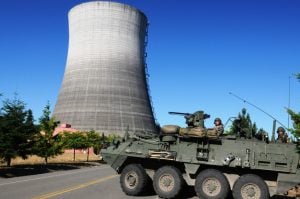In a significant move towards enhancing energy independence within military operations, the US Army has identified nine installations as possible sites for small nuclear reactors under the Janus Program. This initiative is aimed at ensuring a reliable, on-site power source for essential operations.
Launched in October, the Janus Program focuses on the development of “microreactors,” which are compact nuclear units capable of generating between 1 to 20 megawatts of electricity. These reactors are designed to power small military bases autonomously, reducing reliance on the national power grid.
What sets these microreactors apart from traditional nuclear facilities is their mobility; they can be transported by truck or aircraft. Additionally, they are constructed with modern safety features that enhance operator protection and improve waste management practices in energy generation.
The selected installations for the proposed microreactor sites include Fort Benning in Georgia, Fort Bragg in North Carolina, Fort Campbell in Kentucky, Fort Drum in New York, Fort Hood in Texas, Fort Wainwright in Alaska, the Holston Army Ammunition Plant in Tennessee, Joint Base Lewis-McChord in Washington State, and Redstone Arsenal in Alabama.
Jordan Gillis, the assistant secretary of the army for installations, energy, and environment, emphasized that these site selections align with the Department of War’s objective to expedite the deployment of on-site nuclear generation at military installations. He noted that the Army’s unique nuclear regulatory authorities will facilitate a secure and reliable energy supply, vital for critical defense operations and supporting the highly capable land-based fighting force.
In tandem with this update, the Pentagon’s Defense Innovation Unit (DIU) has initiated a formal request for proposals from private companies interested in designing, constructing, and managing the microreactors for the Janus Program. Submissions are due by December 15, with the intention to have operational prototypes in place by 2030.
Officials indicated that deployment will be staged, emphasizing collaboration with local communities and adherence to federal and state regulations. Dr. Andrew Higier, the DIU Energy Portfolio Director, reaffirmed the commitment to delivering advanced nuclear energy to Army installations, ensuring that the military’s most critical missions have access to reliable power.

















